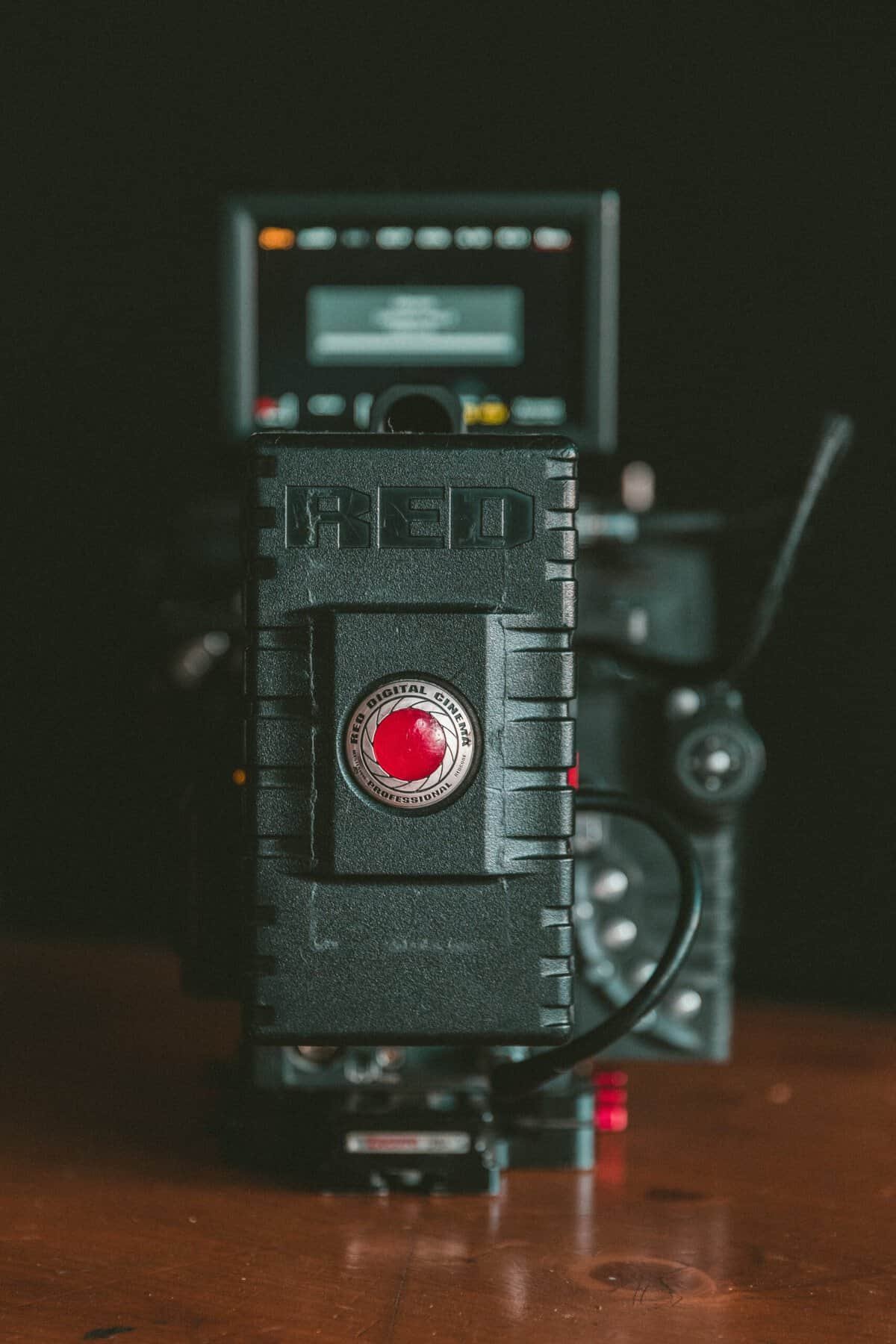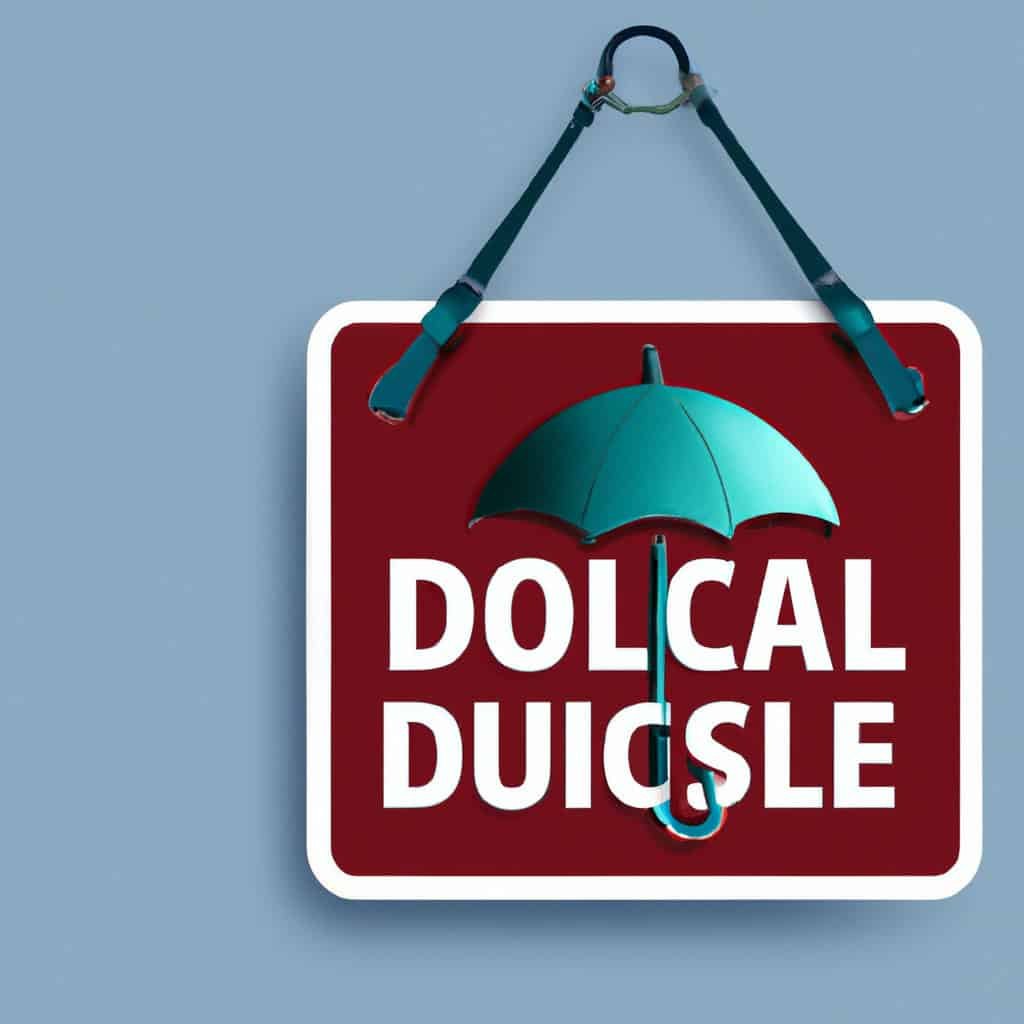It’s that time of the year again, when the off-season creeps in and we find ourselves pondering over the best ways to store and protect our precious equipment. Whether you’re a sports enthusiast or a hobbyist, taking care of your gear during the off-season is crucial to maintain its quality and ensure long-lasting durability. From bikes to camping gear, gardening tools to winter sports equipment, this article aims to provide you with practical advice and handy tips on how to store and protect your equipment during this downtime, so that when the next season rolls around, you’ll be ready to hit the ground running.

Preparing for Off-Season Storage
Cleaning and Inspection
Before storing your equipment for the off-season, it’s important to give them a thorough cleaning. Remove any dirt, debris, or grass clippings from the equipment as they can attract moisture and cause corrosion. Use a brush or compressed air to clean hard-to-reach areas. Additionally, inspect the equipment for any signs of damage or wear. Address any necessary repairs or maintenance before storage to ensure they are in working order when you need them again.
Removing Excess Fuel
One of the most important steps in off-season storage is to remove any excess fuel from your equipment. Storing equipment with fuel in the tank can lead to clogged carburetors, degraded fuel lines, and other fuel system issues. Follow the manufacturer’s instructions to safely drain the fuel tank and dispose of the fuel properly.
Stabilizing Fuel
If you are unable to completely empty the fuel tank, consider using a fuel stabilizer. Fuel stabilizers prevent fuel from breaking down and can help preserve the integrity of the fuel during storage. Be sure to follow the product instructions for the appropriate amount of stabilizer to use based on the tank size.
Changing Oil
Before storing your equipment for an extended period, it’s a good idea to change the oil. Used oil can contain contaminants that can damage the engine if left sitting for a long time. Follow the manufacturer’s instructions to drain the old oil and replace it with fresh oil. This will help ensure the engine is protected during the off-season.
Removing Batteries
For equipment that operates on batteries, such as lawn mowers or snow blowers, it’s essential to remove the batteries before storage. Leaving batteries in the equipment can lead to corrosion and potential damage. Store the batteries in a cool, dry place and check them periodically to maintain their condition.
Properly Disposing of Fluids
When cleaning and inspecting your equipment, you may come across fluids such as coolant or brake fluid that need to be disposed of properly. These fluids can be harmful to the environment, so it’s crucial to follow local regulations for their disposal. Check with your local waste management or recycling facility for guidelines on how to dispose of these fluids safely.
Protective Measures
To further protect your equipment during off-season storage, consider taking additional protective measures. This may include lubricating moving parts, applying a rust inhibitor, or covering the equipment to prevent dust or moisture from accumulating. These measures will help ensure that your equipment remains in good condition and ready for use when the season starts again.
Storing Equipment Indoors
Finding an Appropriate Storage Space
When storing equipment indoors, it’s important to find a suitable storage space. Look for a location that is clean, dry, and well-ventilated. Ideally, the storage space should be able to maintain a stable temperature and humidity level. Avoid storing equipment in areas prone to extreme temperatures or fluctuations, such as garages or basements that are not climate-controlled.
Organizing and Labeling
To make it easier to retrieve your equipment when needed, it’s a good practice to organize and label your storage space. Group similar equipment together and use storage bins or shelves to keep everything organized. Label each item or bin with its contents, making it easier to find what you need later.
Covering Equipment
To provide an extra layer of protection against dust and moisture, consider covering your equipment during storage. Use fitted covers or tarps to keep your equipment clean and safeguard it from potential damage. However, ensure that the equipment is clean and dry before covering it to prevent moisture from being trapped and causing corrosion.
Maintaining Proper Temperature and Humidity
When storing equipment indoors, it’s important to maintain a proper temperature and humidity level. Extreme temperature fluctuations or high humidity can cause condensation, leading to rust or corrosion. Consider using a dehumidifier or moisture-absorbing products to help maintain optimal conditions. Regularly monitor the temperature and humidity levels to ensure they remain within the recommended range for your equipment.
Storing Equipment Outdoors
Choosing a Sheltered Location
If storing equipment outdoors is your only option, it’s crucial to choose a sheltered location. Select an area that provides protection from the elements, such as a shed or covered porch. Avoid storing equipment directly on the ground, as it can absorb moisture and lead to rust or other damage.
Using Protective Covers
Outdoor storage exposes equipment to harsh weather conditions, so using protective covers becomes even more important. Invest in high-quality waterproof covers specifically designed for your equipment. These covers should be well-fitted and secure, preventing any moisture, dust, or debris from reaching the equipment.
Elevating Equipment
When storing equipment outdoors, it’s a good practice to elevate it off the ground. This helps prevent moisture absorption and keeps the equipment away from any potential ground-level hazards. Place equipment on pallets or platforms to raise them and ensure proper airflow underneath.
Securing and Anchoring
To protect your equipment from theft or damage caused by strong winds, it’s essential to secure and anchor it properly. Use heavy-duty locks to secure any doors or openings on sheds or storage units. For larger equipment or outdoor furniture, consider using anchor kits or securing straps to prevent them from tipping over or being moved by strong winds.
Specific Equipment Storage Tips
Lawn Mowers
Before storing your lawn mower, clean the cutting deck, remove any debris, and sharpen the blades. Draining the fuel tank or using a fuel stabilizer is essential to maintain the integrity of the fuel system. Store the mower in a dry and well-ventilated area to prevent moisture buildup.
Garden Tools
Clean garden tools thoroughly to remove any dirt or debris. Apply a light coat of oil to prevent rusting, and store them in a designated area such as a tool rack or storage shed. Consider hanging larger tools to save space and keep them easily accessible.
Snow Blowers
After the snow season is over, clean your snow blower and remove any snow or ice buildup. Change the oil if necessary and lubricate any moving parts. Store the snow blower in a sheltered location, ensuring that it is covered and protected from the elements.
Boats
Before storing your boat for the off-season, clean the interior and exterior thoroughly. Remove any valuables or electronics and inspect for any damages that need repairs. Cover the boat with a waterproof cover and choose a storage space that provides protection from freezing temperatures, sunlight, and strong winds.
Motorcycles
Proper motorcycle storage involves cleaning, waxing, and lubricating the bike. Fill up the fuel tank and add a fuel stabilizer to avoid fuel system issues. Elevate the motorcycle off the ground with a stand and choose a storage space that provides shelter from rain, snow, and extreme temperature fluctuations.
RVs and Campers
Cleaning the interior and exterior of your RV or camper is crucial before storage. Empty all water tanks and drain the plumbing system to prevent freezing and damage. Cover the RV or camper with a breathable cover to protect it from the elements. If possible, store it in a climate-controlled facility.
ATVs and UTVs
Clean the ATV or UTV thoroughly, removing any dirt or debris. Change the oil and lubricate all moving parts. Store these vehicles in a dry location away from extreme temperatures. Consider covering them to prevent dust or moisture buildup.
Patio Furniture
Clean patio furniture and remove any cushions or fabric that can be stored separately. Use furniture covers specifically designed to fit your furniture and protect it from the elements. If space allows, store the furniture indoors to further protect it.
Outdoor Grills
Clean and inspect your outdoor grill before storage, ensuring it is free of grease and debris. Remove propane tanks and store them in a safe, well-ventilated area. Cover the grill to shield it from dust and moisture. Store the grill in a dry and secure location.

Regular Maintenance during the Off-Season
Periodic Inspection
During the off-season, it’s important to periodically inspect your stored equipment. Check for any signs of damage, pests, or moisture accumulation. Address any issues immediately to prevent further damage and ensure that the equipment remains in good working condition.
Operating Equipment
Occasionally starting and running your stored equipment can help maintain its performance. Follow the manufacturer’s recommendations for starting and running procedures, taking care to warm up the engine and run it for a few minutes. This will help ensure that the equipment functions properly and prevent any potential issues caused by prolonged inactivity.
Cleaning and Lubrication
During the off-season, it’s a good practice to clean and lubricate your stored equipment regularly. Remove any dust or debris, apply lubrication to moving parts, and inspect for any signs of wear or corrosion. This will help prevent rust and ensure that the equipment is ready for use when the season begins again.
Ensuring Security
Locking Storage Areas
To protect your equipment from theft, it’s important to lock the storage areas properly. Install high-quality locks on doors, windows, or any other potential entry points. Ensure that the locks are in good working condition and change the locks if necessary.
Installing Security Measures
Consider installing additional security measures such as motion sensor lights, security cameras, or an alarm system. These measures can deter potential thieves and provide peace of mind knowing that your equipment is protected.
Inventory and Documentation
Create an inventory of all your stored equipment and document their serial numbers, purchase dates, and any other relevant information. This will be helpful in case of theft or insurance claims. Keep these records in a safe and easily accessible place.
Insurance Coverage
Ensure that your stored equipment is adequately covered by insurance. Review your insurance policy to understand what is covered and the specific requirements for storing equipment. If necessary, consider adding additional coverage or adjusting your policy to provide optimal protection.

Preparing for Equipment Use
Inspection and Repairs
Before using your equipment after the off-season, perform a thorough inspection to ensure everything is in working order. Check for any signs of damage, wear, or corrosion. Address any necessary repairs or maintenance before using the equipment to prevent further damage or potential safety hazards.
Reinstalling Batteries
For equipment that requires batteries, reinstall them and ensure they are fully charged before use. Inspect the battery terminals for any corrosion and clean them if necessary. Properly reinstalled and charged batteries will ensure that your equipment functions as expected.
Fueling and Oiling
If your equipment requires fuel, ensure that it is filled with fresh fuel. Consider adding a fuel stabilizer if the equipment will be sitting for an extended period. Additionally, check the oil levels and top up if necessary before using the equipment.
Safety Check
Before using stored equipment, perform a safety check to ensure everything is in proper working condition. Test all safety features, such as brakes, lights, or emergency shut-offs. Familiarize yourself with the equipment’s operation and safety guidelines to ensure safe and efficient use.
Considering Professional Storage Services
Storage Facilities
Professional storage facilities offer secure, climate-controlled storage spaces for equipment. These facilities are designed to protect your equipment from theft, extreme temperatures, and other potential hazards. Consider renting a storage unit or space in a reputable storage facility for added peace of mind.
Benefits and Considerations
Using professional storage services offers several benefits. It frees up space in your home or garage, provides increased security measures, and ensures that your equipment is protected under optimal storage conditions. However, it’s important to consider the cost and accessibility of the storage facility before making a decision.
Choosing a Reliable Service
When choosing a professional storage service, it’s important to do thorough research and choose a reputable provider. Read reviews, visit the facility if possible, and inquire about their security measures, insurance coverage, and accessibility. Selecting a reliable service will give you peace of mind knowing that your equipment is in safe hands.

Preserving Equipment Longevity
Proper Maintenance Schedule
Creating and following a regular maintenance schedule for your equipment is essential in preserving its longevity. Regularly clean, inspect, and lubricate the equipment. Follow the manufacturer’s recommended maintenance intervals for oil changes, filter replacements, and other necessary maintenance tasks.
Storage Environment Management
Pay attention to the storage environment to ensure optimal conditions for your equipment. Maintain stable temperature and humidity levels, and protect the equipment from extreme temperatures, moisture, or direct sunlight. Regularly monitor the storage area and make any necessary adjustments or improvements to maintain proper environmental conditions.
Preventing Corrosion and Rust
Corrosion and rust can significantly damage your equipment, so it’s important to take preventive measures. Keep the equipment clean and dry, and consider using corrosion inhibitors or rust-resistant coatings on vulnerable parts. Regularly inspect the equipment for any signs of corrosion and address it promptly.
Avoiding Unauthorized Use
To preserve the longevity of your equipment, it’s important to prevent unauthorized use. Ensure that only authorized individuals have access to your stored equipment and that it is properly secured. Implement security measures such as locks, surveillance cameras, or alarm systems to deter unauthorized use or theft.
Conclusion
Properly storing and protecting your equipment during the off-season is essential in maintaining its condition and longevity. By following the steps and tips outlined in this article, you can ensure that your equipment remains in good working order and ready for use when the season starts again. Remember to clean and inspect your equipment, remove excess fuel, stabilize fuel, change oil, and properly dispose of fluids. Choose an appropriate storage space, whether indoors or outdoors, and take protective measures such as covering the equipment and maintaining proper temperature and humidity levels. Regular maintenance, ensuring security, and considering professional storage services are also crucial aspects to consider. By implementing these practices, you can enjoy the benefits of well-preserved equipment, prolonged lifespan, and peace of mind during the off-season.

